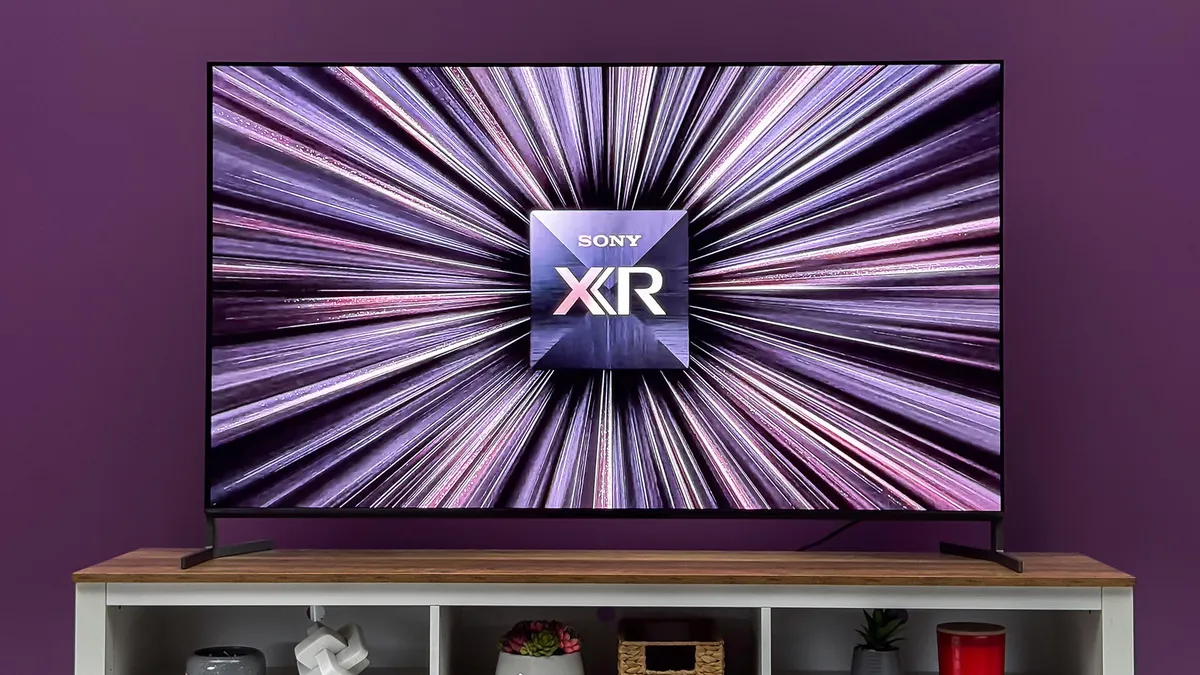By Afshan Subohi
Copyright dawn

A steep hike in US visa fees for immigrant workers may affect remittance inflows from America, but with its share at roughly 10 per cent of Pakistan’s total remittances, the overall impact is likely to be limited. The strain will fall harder on families and firms dependent on US earnings, while higher costs may also push Pakistani youth seeking study and work opportunities abroad to explore alternative destinations.
President Donald Trump’s executive order last week imposed a steep $100,000 fee on new H-1B skilled worker visas, up from the earlier range of $1,500 to $5,000, depending on company size. The move has alarmed Pakistani professionals and businesses that rely heavily on US opportunities.
The steep visa fee hike is intended to curb system abuse and safeguard American workers. It is expected to discourage US companies from hiring foreign talent at the current levels, adding fuel to wider debate on remittances and labour market.
Confusion initially surrounded the scope of the new visa fee. Early interpretations, sparking alarm in the high-tech sector that relies heavily on foreign talent, suggested the $100,000 charge was annual. The White House later clarified it is one-time fee applied only at the submission of a new H-1B petition. The rule does not affect current H-1B holders or applicants who filed before Sept 21.
The new pricey H-1B visa may reshape skilled migration to the US, redirecting Pakistani professionals towards Europe, the Middle East, the Far East, Australia and even China
The US Department of Labour is reportedly updating prevailing wage rules to restrict H-1B visas to highly qualified foreign workers. At the same time, the Department of Homeland Security has announced that the H-1B lottery will prioritise higher-paid, high skilled applicants over lower-earning candidates, with further reforms to visa regime under review. The H-1B category was originally introduced in 1990 under President George H.W. Bush.
The critics of the ‘liberal’ H-1B regime argue it is being exploited by recruitment firms to import workers at wages below those paid to Americans, undercutting local jobs while gaming the system. Currently, the minimum annual salary for H-1B visa holders is $60,000, while a comparable American tech worker often earns $100,000 or more.
The top five beneficiaries of the H-1B skilled worker visa programme are Indians, Chinese, Filipinos, Canadians and South Koreans. US government data for 2024 shows Indians received 71pc of approved H-1B visas, followed by Chinese nationals with 11.7pc, Filipinos 1.3 pc, Canadians 1.1pc and South Koreans 1pc.
When it comes to employers sponsoring H-1B visas, the picture is more complex and reflects a shifting pattern. For years, Indian technology companies such as Tata Consultancy Services, Cognizant, Infosys and Wipro dominated, consistently holding top four spots since 2009. In recent years, US tech giants like Microsoft, Google and Amazon have also emerged as major recruiters of immigrant talent.
Currently, the minimum annual salary for H-1B visa holders is $60,000, while a comparable American tech worker often earns $100,000 or more.
Following President Trumps announcement, media reports said several companies and banks with large immigrant workforces issued memos advising employees not to travel abroad to avoid potential visa complications.
Pakistan may not be among the hardest hit, but has also long benefited from the H-1B visa programme, with its skilled workers employed in the US in fields of information technology, engineering, management, banking, and healthcare. The new steep visa fee could price many Pakistanis out, as US firms weigh costs against hiring locally. This shift may reshape skilled migration to the US, pushing Pakistani professionals to seek alternatives through L-1 or O-1 visas, or redirect them toward Europe, the Middle East, the Far East, Australia and even China.
The State Bank of Pakistan is reportedly assessing the potential impact on remittances and foreign exchange reserves. Its media department referred the query in this regard to the relevant wing, but a formal response was still awaited at the time of filing this report.
Pakistan’s workers’ remittances hit a record $38.3 billion in FY25, up 26.6pc from the previous year. While the overall figure is unprecedented, the exact contribution from the US for the full year was not readily available.
The United States has long been a significant source of Pakistan’s remittances, with its share in the recent years ranging between 8–11pc, below Saudi Arabia, the United Arab Emirates, and the UK, but steadily rising. In the early 2000s, the US share was considerably lower, closer to 5pc, but it increased significantly by the 2020s as more Pakistanis migrated and options for formal money transfer channels improved. A steep visa fee hike could slow new job placements in the US and eventually weigh on remittance growth from the US, though the effect is likely to be gradual, since most current flows come from established workers.
Senior finance and planning ministry officials and members of the government’s economic team were approached for comment, but no response was received before the filing of this article.
Published in Dawn, The Business and Finance Weekly, September 29th, 2025



